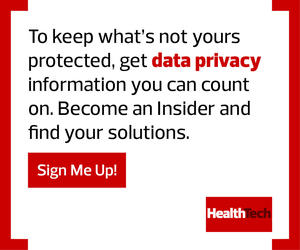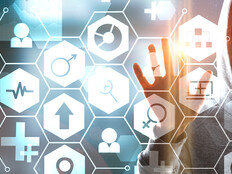To address this, healthcare providers are exploring access management tools like multifactor authentication, or the requirement of utilizing two pieces of evidence to sign in. This mechanism can help to better protect individuals who are accessing data via patient portals.
The right knowledge, however, is key to its proper implementation, as patients can view it as a hinderance to their care experience. For this reason, security teams should be prepared to take the extra steps to properly educate their care providers on cybersecurity and the threats often associated with telehealth. Clinical staff can then share this information with patients to make them feel more at ease with the new process and assured that their data is secure.
Access Management Helps Protect a Newly Remote Workforce
In addition to an increased interest in telehealth services, the pandemic has also enabled a remote workforce, meaning that more and more people are now handling traditionally in-person work online.
This change can be great from a patient perspective, enabling individuals to access and receive care on their own time, but for providers dealing with the newness of remote care operations, cybersecurity best practices can sometimes be overlooked.
This is concerning, considering that in April Google blocked 18 million daily malware and phishing emails related to COVID-19 in a single week. The sheer volume of this type of attack speaks to why healthcare security teams must focus their efforts on securing patient data in every form and fashion.
LEARN MORE: Discover five ways to protect devices and data for remote healthcare work.
This is yet another way in which access management can help teams improve their security posture — ensuring that only the right people have access to the right data at the right time. This approach to data security helps IT teams to limit any unwanted exposure of patient data while staying alert to any actors who might be accessing the network for the wrong reasons.
Build a Defense That Can Handle the Adoption of IoT Tech
Finally, as healthcare systems spin up temporary facilities, an increased number of Internet of Things devices are being placed on their networks in order to administer care. This poses a major risk to patient data security, considering that any individual nearby might now be able to access these networks through such devices.
Data from Palo Alto Networks tells us that IoT devices are really the low-hanging fruit for attackers, with 57 percent of IoT devices being vulnerable to medium- or high-severity attacks. To make matters worse, 98 percent of all IoT traffic is unencrypted, which can easily lead to the unwanted exposure of personal and confidential data on the network.
To prevent known and unknown IoT-focused cyberattacks, healthcare IT leaders need to recognize and manage the risks associated with these devices. That involves gaining better visibility into their organizations’ networks in order to catalog all of the IoT devices currently connected. From there, security teams can more properly segment networks to account for these devices.
But the work doesn’t stop there. Real-time analytics can also enable active monitoring, helping these teams to better spot network anomalies such as the use of unapproved devices. Formulating a baseline of what is considered normal can help organizations to address top IoT threats and take actionable steps to reduce risk.
This article is part of HealthTech’s MonITor blog series. Please join the discussion on Twitter by using #WellnessIT.












